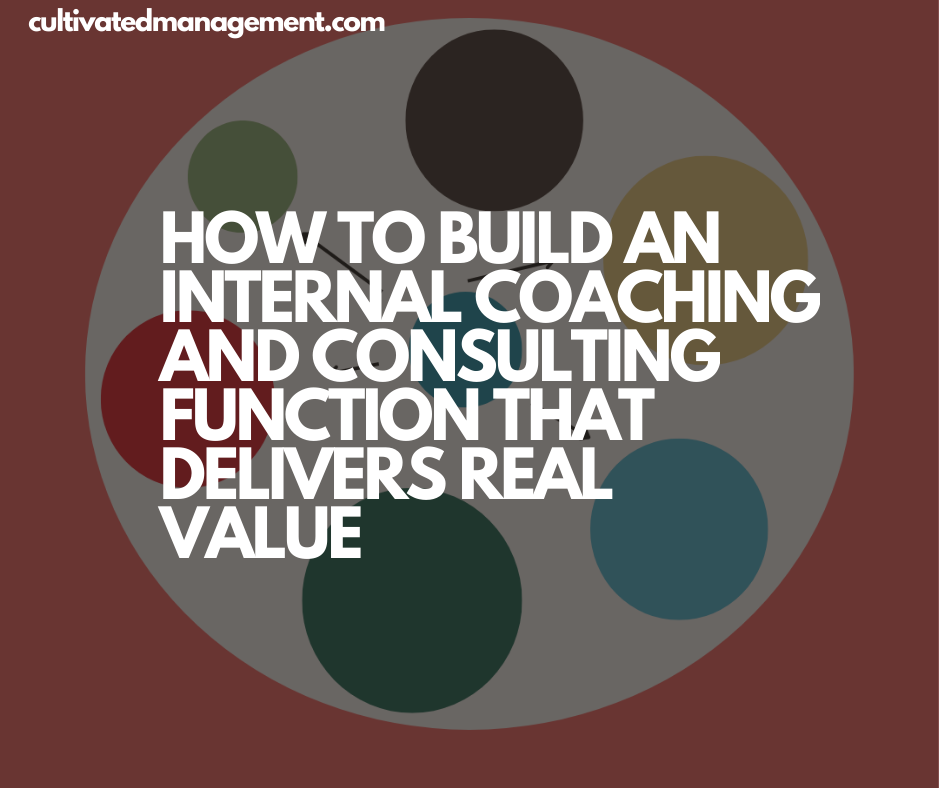
I’ve spent much of my career building and leading internal coaching and consulting functions. Done well, these teams can become a force multiplier: they help leaders grow, teams perform, and big changes actually land.
Done poorly, they become expensive hobbies: “nice-to-have” initiatives that few use, offer little value, and that vanish the moment budgets tighten.
Over the years, I’ve made mistakes, learned lessons the hard way, and refined approaches that actually work. In this guide, I want to share the principles I use when setting up, scaling, or leading internal coaching and consulting functions—principles I wish someone had handed me when I started.
Listen to the podcast, or read on for more in-depth guidance:
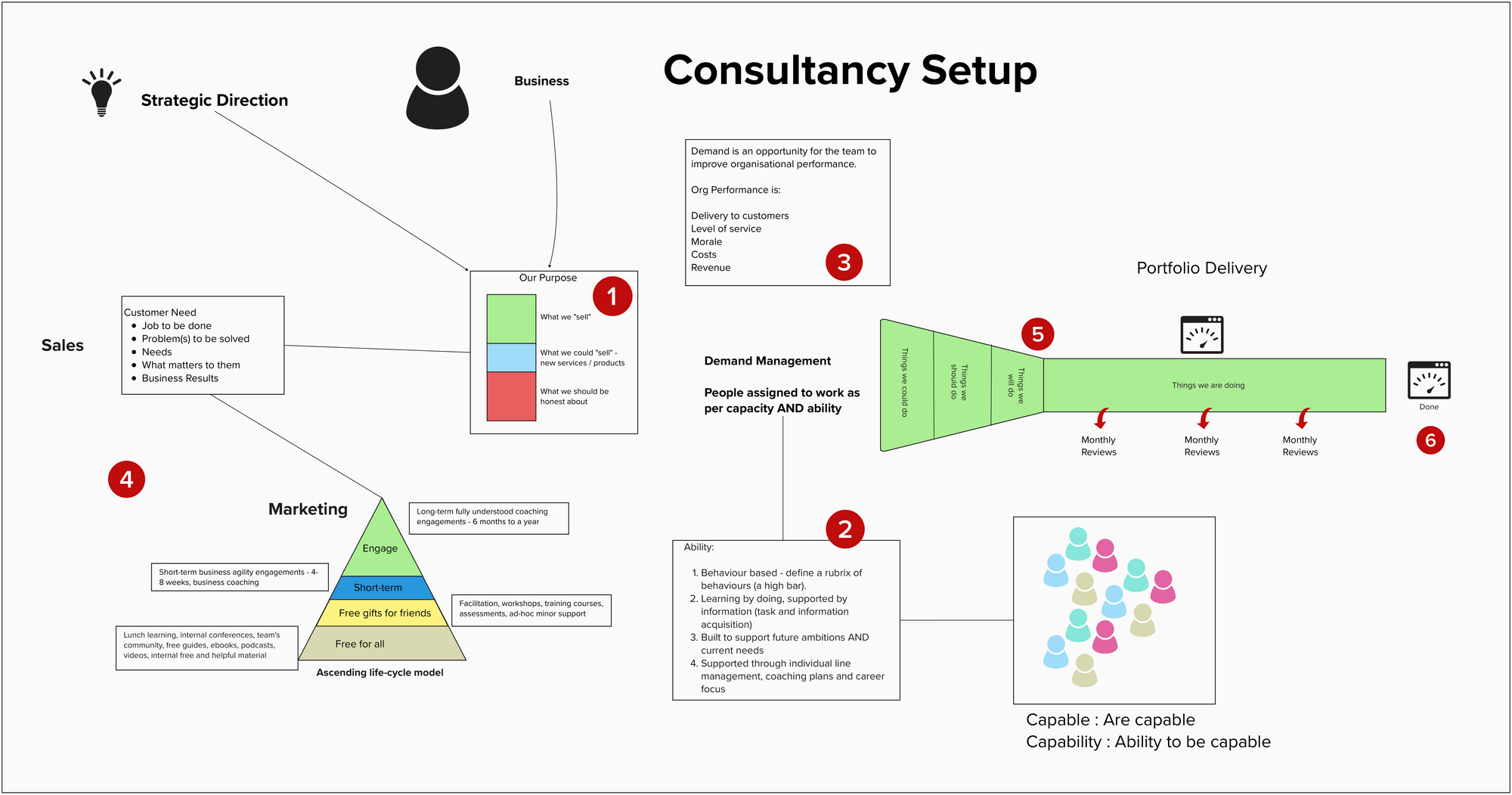
Coaching vs. Consulting: Know What You’re Setting Up
I’m not going to get bogged down in every flavour of coaching or consulting. Instead, let’s get clarity by looking at the origins of the words:
- Coach: an instructor or trainer.
- Consult: to ask advice, meet, consider, and guide someone in their own judgment.
Subtle differences, but important ones. In my experience:
- Coaching functions nurture, teach, and guide individuals — helping them grow in behaviours, skills, and character.
- Consulting functions tackle specific problems with tactical solutions and advice.
Most internal functions blend both. Leaders may want solutions one day, guidance the next. You need clarity on which mix your function offers so expectations are set, results are defined, and the right people are hired. Misalignment here is the most common early failure I see.
Cost: The First Reality Check
Here’s the brutal truth: your team is a cost. Internal coaching teams often feel like a dream team — experts ready to improve effectiveness across the organisation. But unless you connect your work to external business value, you are simply another line in the budget.
Good vibes and positive feedback feel great, but they won’t justify continued investment. Value must be tangible: faster delivery, higher quality, better employee retention, reduced costs, or revenue growth.
Exceptions exist — compliance, safety, HR policy enforcement — but in most cases, especially in agile or management coaching, the value you create must eventually show in measurable business outcomes. Keep this front of mind: you are a cost until proven otherwise.
Purpose: Why You Exist
Every team needs a clear purpose. Ask yourself:
- What problems do we solve?
- What opportunities do we unlock?
- What outcomes define success?
Your purpose must reflect both executive expectations and your internal clients’ needs. Misalignment here leads to wasted effort, diluted focus, and a team that is busy but invisible.
Be ruthless about clarity:
- We do this.
- We could do this.
- We won’t do this.
Purpose guides every decision — what work to accept, what to decline, and how to design your service for maximum impact. Overextending dilutes value. I’ve seen teams chasing anything that vaguely resembles a problem, only to be stretched thin and lose credibility.

Products and Services: Packaging Your Value
Once purpose is clear, package it into offerings that solve problems your internal clients care about — not just what your team enjoys doing. I call this your “menu” of services.
Think of your products as modular solutions:
- Management coaching programs
- Agile adoption workshops
- Portfolio governance support
- Team effectiveness diagnostics
Don’t insult your clients by saying, “You have problems, we can fix them.” Instead, lead with tangible solutions, framed around client needs. Early on, focus on a core catalog, then layer additional offerings as demand and capability grow.

Abilities vs. Capabilities: Know Your Limits
Your team’s abilities define what you can deliver today. Capabilities define what you could deliver with training or guidance. Confusing the two is a common trap:
- Ability: someone on your team can deliver this now.
- Capability: someone could deliver this after development.
I’ve seen teams promise services they don't have the ability to offer (or one person on the team can), only to scramble when real demand hits. Protect your reputation. Offer what you can do, build capability strategically, and pair experienced team members with learners to expand your capacity responsibly.
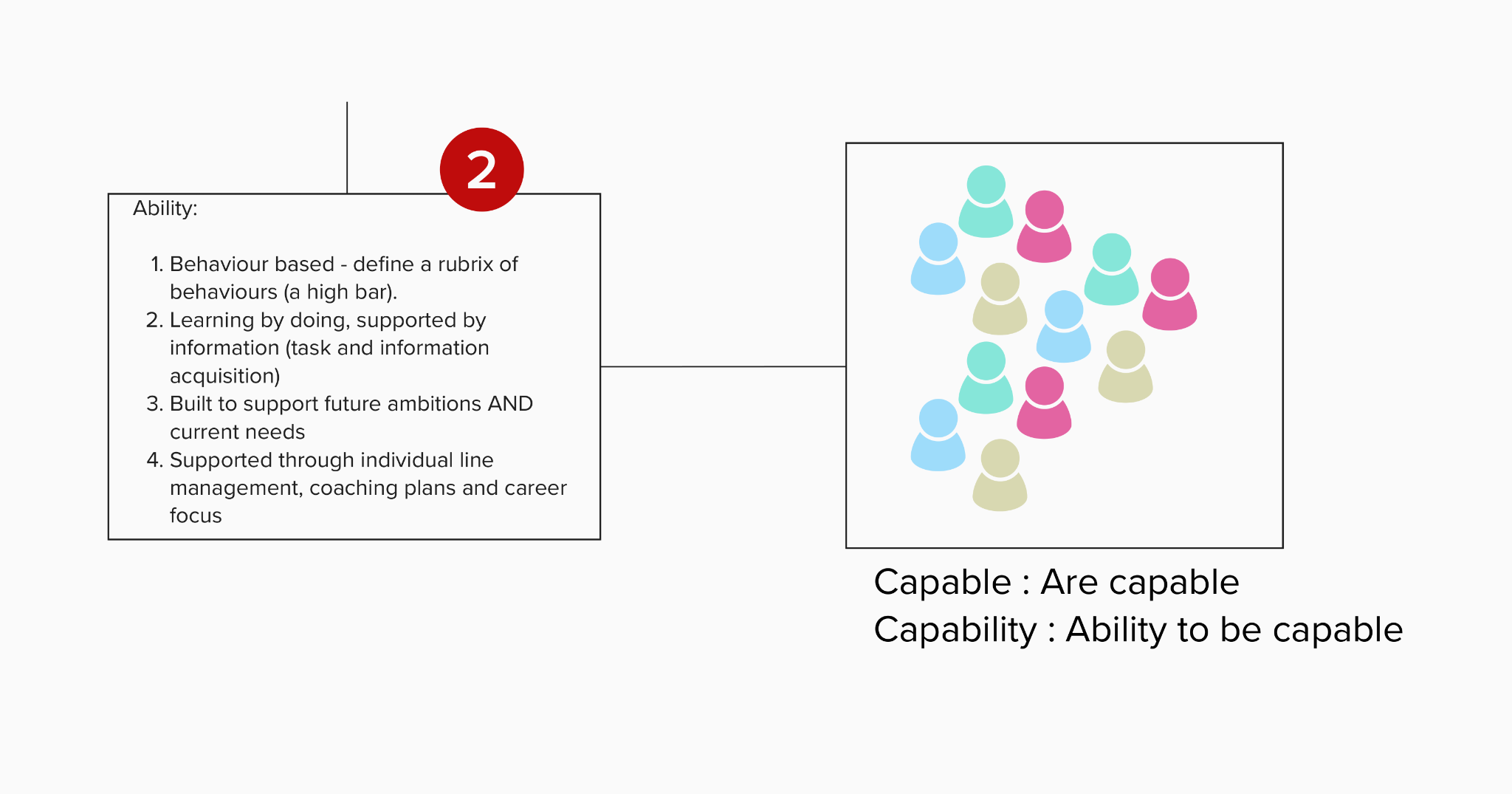
Demand: Qualify and Align
Demand is your opportunity to create value. But not all demand is equal. Some requests align with purpose and deliver real business outcomes; others are distractions.
Examples of value-aligned demand:
- Faster time-to-market for products
- Higher quality of service
- Staff retention and engagement
- Cost reduction or mitigation
- Revenue growth
Examples of misaligned demand:
- Updating PMO charts
- Building PowerPoint decks
- Ad hoc, low-impact requests
It’s tempting to say yes to everything, especially when demand is low. Resist if it makes sense to - bearing in mind, some low value work can open the door to something bigger. Qualify requests rigorously and focus on work that drives value. Always have an exit plan for low-value engagements.
Demand Generation: Sales and Marketing for Internal Services
Many coaching teams neglect this until demand dries up. Your service must be sold internally. Think like a marketer:
- Awareness: share insights, articles, models, or guides across the organisation. Educate first.
- Free Gifts for Friends: run small workshops or minor support engagements to nurture relationships.
- Short-term Engagements: 4–8 weeks, delivering tangible outcomes.
- Long-term Engagements: 6–12 months for sustainable change.
This isn’t “salesy.” It’s helping your clients see the value you can deliver. Your goal is qualified, purposeful demand aligned with your team’s abilities and purpose.
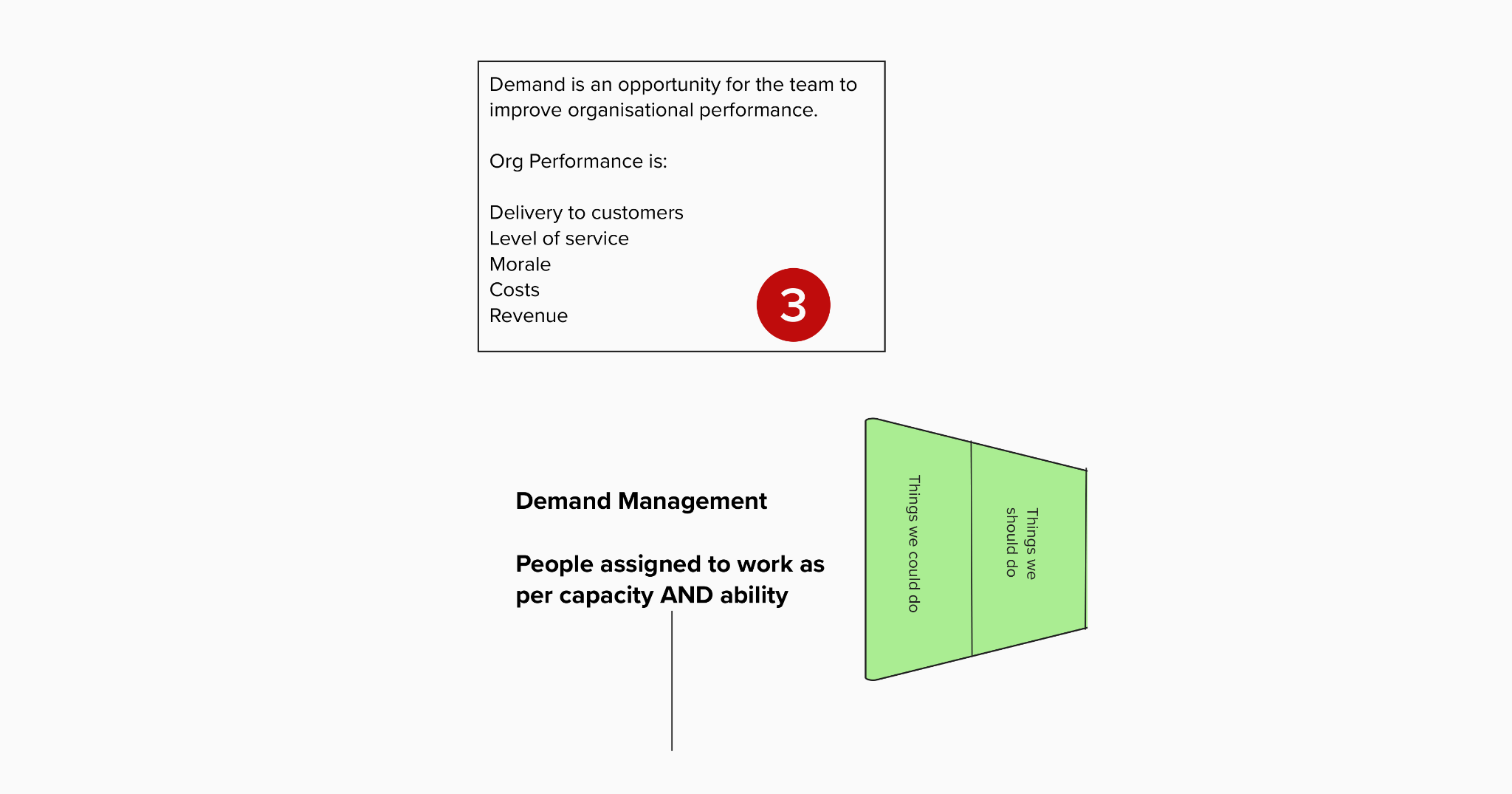
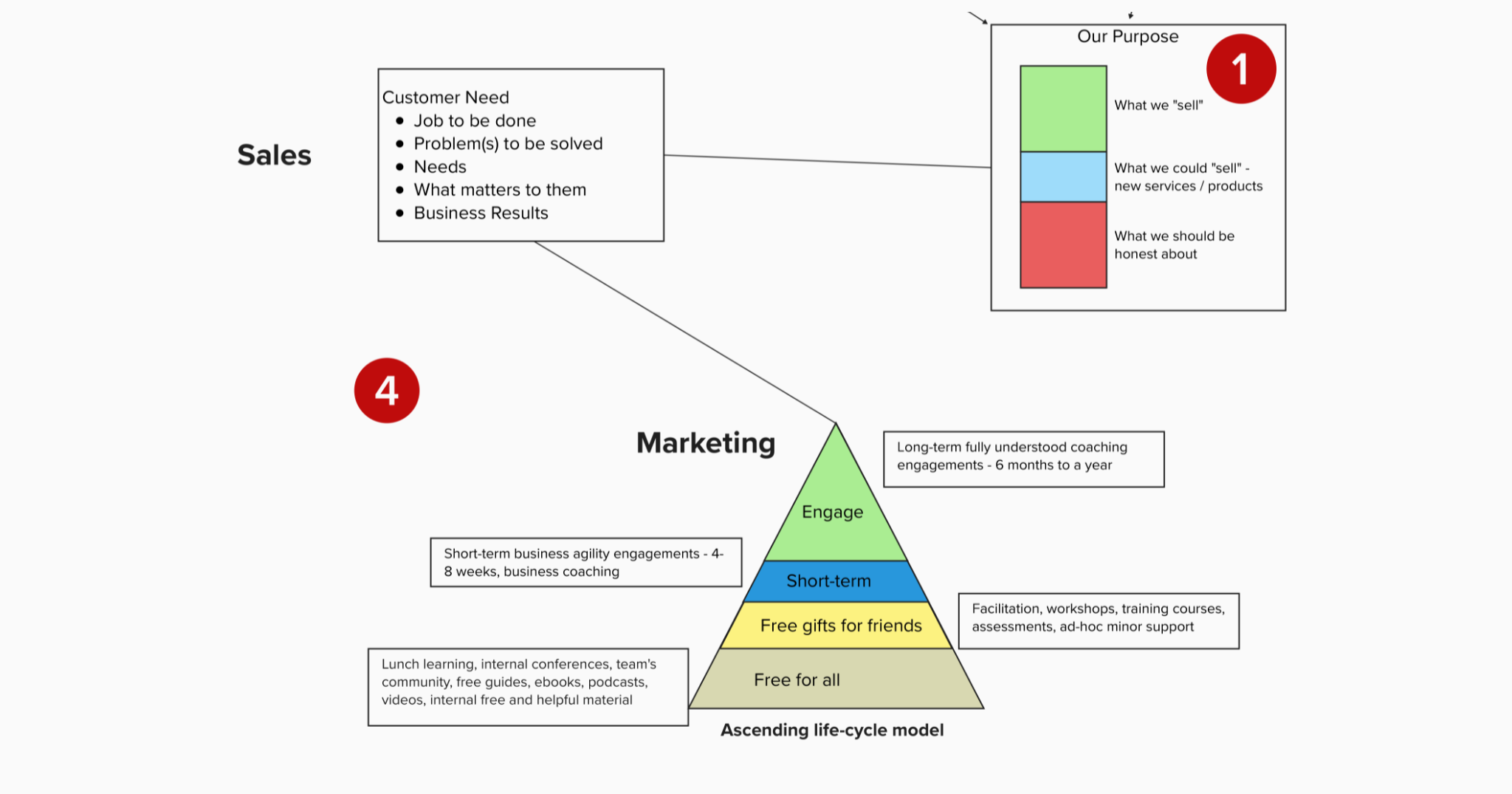
Delivery and Value: Executing with Discipline
Delivery is contextual but must always be guided by clear agreements:
- What is being done?
- Who is responsible for what?
- What problems are solved?
- What value is released or uncovered?
- How will progress be measured?
- When does the engagement start and end?
Ensure all engagements have these core elements:
- Coaching / Consulting Agreement – sets expectations between client and team
- Monthly Reviews - a chance to align, pivot, discuss performance and results
- Close out guide - a document shared with summary of services – and potential next steps
- Case study - capture testimonials or case studies
A short post-engagement break for coaches helps them recharge while handling administrative tasks or marketing. This ensures high-quality delivery consistently.

Continuous Improvement: Always Seek More Value
Internal coaching is never static. Ask yourself:
- How can we improve the service?
- How can we better support customers?
- How can we grow our team’s abilities?
- Can we generate more value with less cost?
- Are we managing processes efficiently?
- How can we better communicate our value internally?
Answer these honestly. Continuous refinement differentiates teams that are indispensable from those that are forgotten.
Closing Thoughts
Leading an internal coaching or consulting function is deeply rewarding. Done right, these teams unlock potential, solve complex challenges, and create lasting business value. Done wrong, they’re expensive and invisible.
The difference lies in clarity:
- Clarity of purpose
- Clarity of products and services
- Clarity of abilities
- Clarity of demand management
- Clarity of delivery and value
Treat your team as a strategic investment. Control the narrative, build internal marketing, and actively manage expectations. Be the team that everyone wants on their problem, not the one that exists because “we have a coaching team.”
Your team is a cost—but a cost that pays off. Managed well, the value you release far exceeds what you consume. Stand firm in your purpose, own your products, develop your abilities, and the organisation will notice—and benefit.
